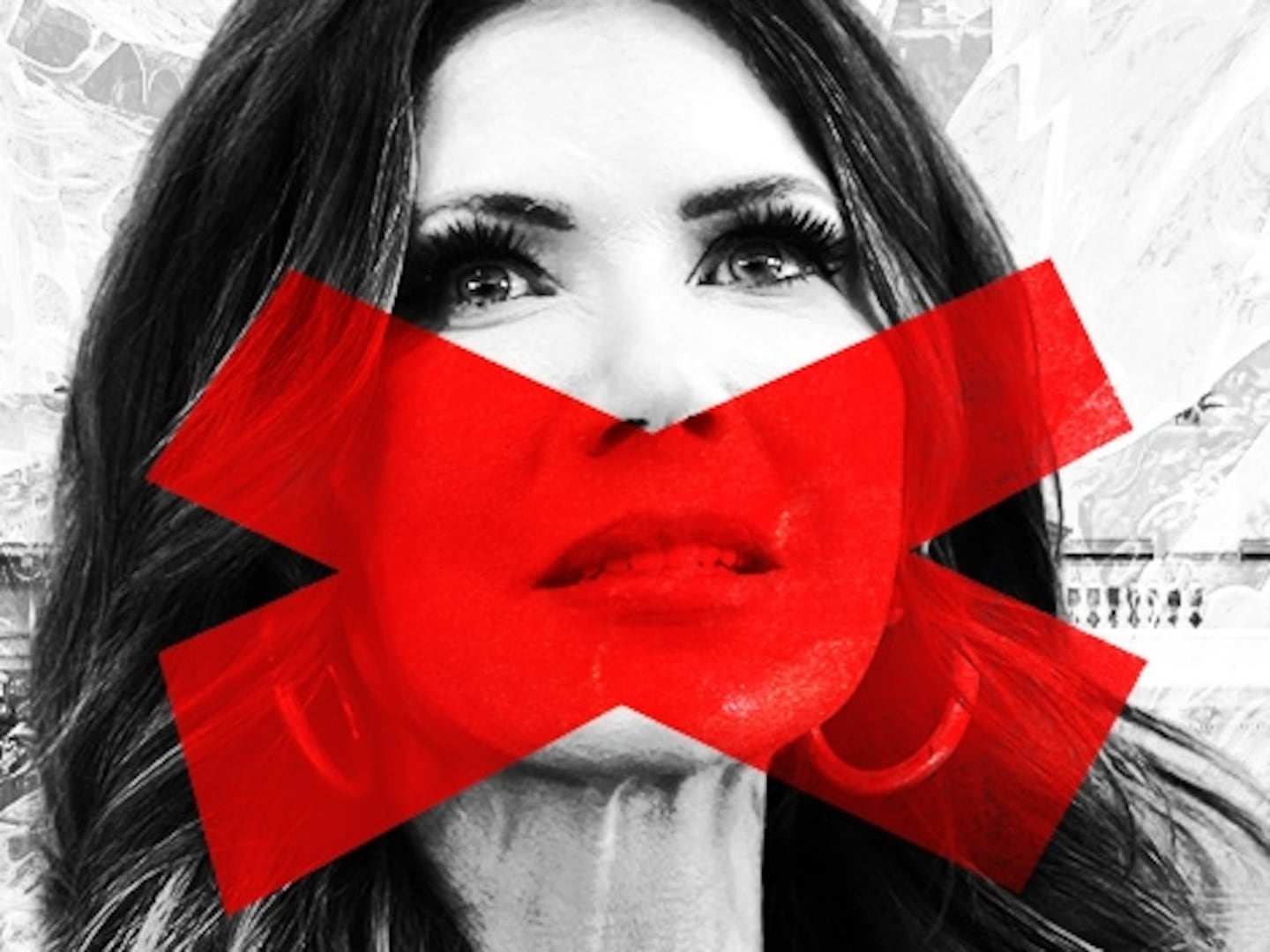“Do nothing without intention…”
It’s been three years since Solange released her critically acclaimed fourth album A Seat at the Table. That album affirmed what longtime fans of the singer-songwriter had loudly proclaimed to anyone listening: the Texas native was a creative force, bursting with musicality and ideas demanding a wider reach and louder praise. That album dropped in the thick of the 2016 election, with Black Lives Matter in the crosshairs and popular art like Childish Gambino’s Awaken, My Love! and Beyoncé’s Lemonade centered in the cultural zeitgeist. With an era-defining track like “Cranes in the Sky” and a reception that landed Table on countless end-of-year “Best Of” lists, the world finally, fully caught up to Solange.
So when it was announced that her highly anticipated follow-up to that masterwork was forthcoming, the public reaction was understandably giddy. She set Twitter abuzz, directing fans to album artwork on social media harbinger BlackPlanet.com and sharing album teasers before its release on Friday, March 1. The Grammy-winner dropping When I Get Home at the stroke of midnight as Black History Month segued into Women’s History Month was another wink.
“I’m filled w so much joy right now!!! I can’t thank y’all enough for this moment and for all the feelings i feel in my body! I’m bringing home w me everywhere I go yalll,” she tweeted soon after. “Your love lifts me up so high.”
The kind of warm, soulful, ‘70s-recalling sonics and more contemporary Dirty South affectations speak to the kind of artist she’s become—one as creatively attuned to Carrie Mae Weems as she is Pimp C. It’s thrust Solange to the forefront of contemporary music in a way altogether different from so many of her more chart-friendly peers; she’s a hypervisible star with an indie rebel’s spirit and a voice that remains uniquely hers. Like OutKast in the ‘90s, she’s delivering music that challenges herself and the listener and doing it in visibly commercial spaces. Now that she’s at the table, she sounds more comfortable than she’s ever been.
Just as on A Seat at the Table, she welcomes a stellar set of collaborators: Gucci Mane, Sampha, The-Dream, Standing On the Corner, Raphael Saadiq, Earl Sweatshirt, etc. The percolating bounce of “Stay Flo” is lifted by some of Solange’s most affecting backing vocals, over Metro Boomin’s slinky groove and the hushed “Down down down on the flo’” hook. Alongside an infamous snippet of Diamond and Princess of Crime Mob arguing over a mic, she shares:
“I can’t be a singular expression of myself, there’s too many parts, too many spaces, too many manifestations, too many lines, too many curves, too many troubles, too many journeys, too many mountains, too many rivers, so many…”
Her art speaks loudly—able to breeze through Syreeta-esque atmospherics and Sister Nancy-evoking incantation, it’s Solo at her most effortlessly varied, channeling so much into these 19 tracks, melding the songs in a way that sounds like a trap-infused Journey Through the Secret Life of Plants by way of a chopped ‘n screwed Minnie Riperton. For all the bemoaning of contemporary R&B, we are witnessing a renaissance of great singer-songwriters the likes of which we seem to only get once every 20 years or so. The 1970s saw a wave of such artists redefining black music in soul and jazz; and the 1990s had a similar set of acts breaking ground in neo-soul and acid jazz. While there may be a dearth of quiet storm crooners, harmonizing vocal groups and dance-driven new jack swingers in modern popular music, the sincerity of the musical auteur sits prominently in black music’s mainstream. And Solange sets the bar.
If A Seat at the Table was declarative, Solange’s creative hues this time around are painted in idiosyncrasies and affirmations. Even as confident as Home sounds, the project was expected months ago. She told The New York Times last October, “I have this fear living in my body about releasing work. I don’t know any artist that doesn’t feel that before they hit the send button.” It feels more subdued than Table in both textures and themes, and works as an homage to her roots.
“Dreams” echoes the sultry, amber moods of a late-‘90s Janet Jackson ballad, with Saadiq’s melodic bassline and a ghostly guest spot from Devin the Dude. The-Dream and Playboi Carti-assisted southern bounce of “Almeda” is drenched in the singer’s native Texas. Prior to the project dropping on Friday, Solange posted an Instagram video with a caption to call 281-330-8004—the infamous phone number of Houston rapper Mike Jones. And she hosted nine “album experiences” across the city following the project’s release.
Her pairings always feel organic and in the service of the music—whether it’s Gucci’s welcome appearance on “My Skin Is My Logo” or combining Panda Bear and The-Dream’s vibrant melodicism on “Binz.” The warmth of mid-‘70s Stevie Wonder classics like “Too Shy to Say” and “Creepin” beam around the corners of hazy Texas beats, and its delivered in what feels like a dreamy stream of ideas that evoke emotion more than specific experience. It’s a head rush that never overexerts. She channels her influences without tethering herself to them, working as both a revivalist and as a fully-formed artist pushing forward even as she celebrates her lineage. With When I Get Home, Solange gets to just be, and invites you into that world. It’s a study in contradictions: expansive and insular, intimate and detached, ethereal and visceral. It may be a more demanding album than A Seat at the Table, but the experience is no less rewarding.







